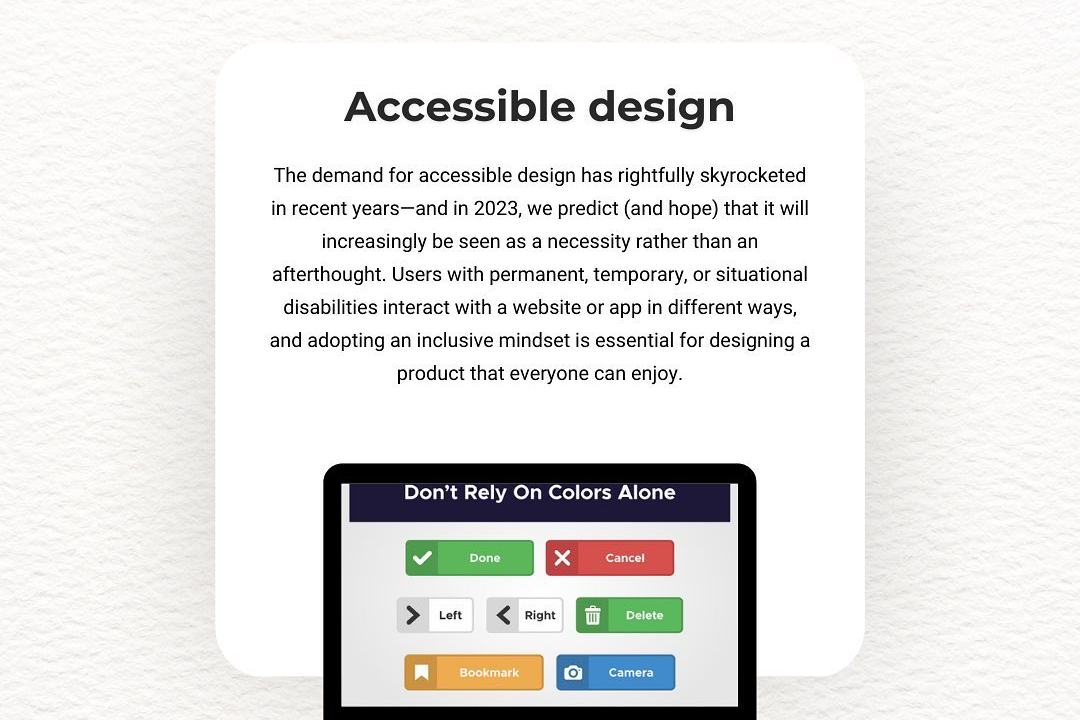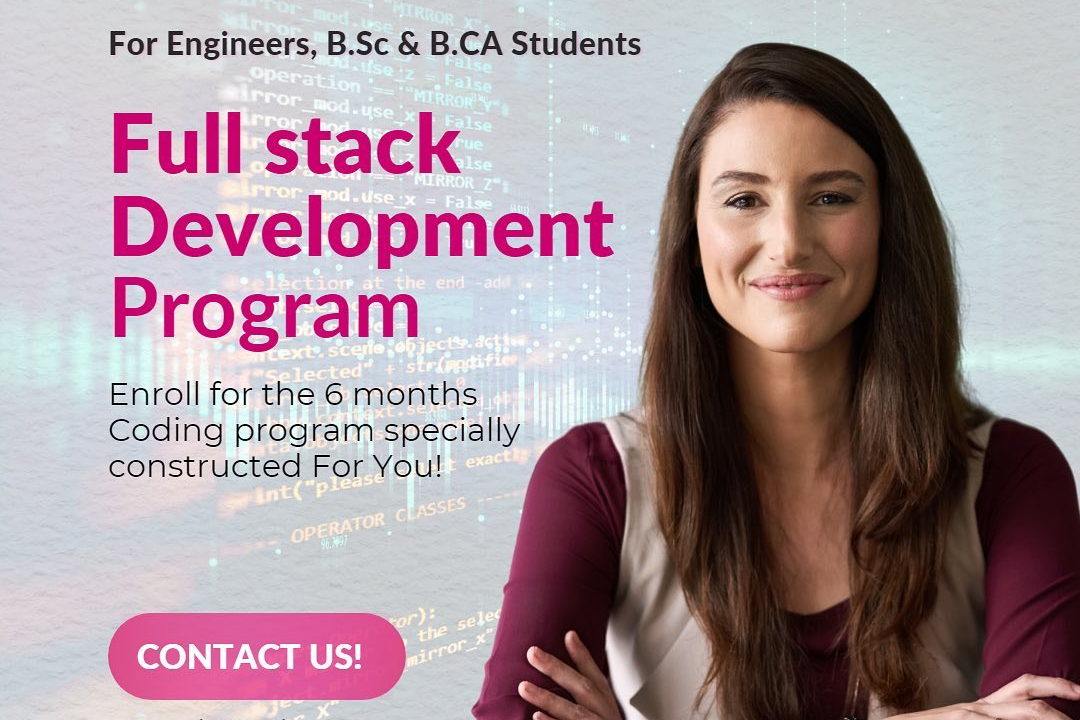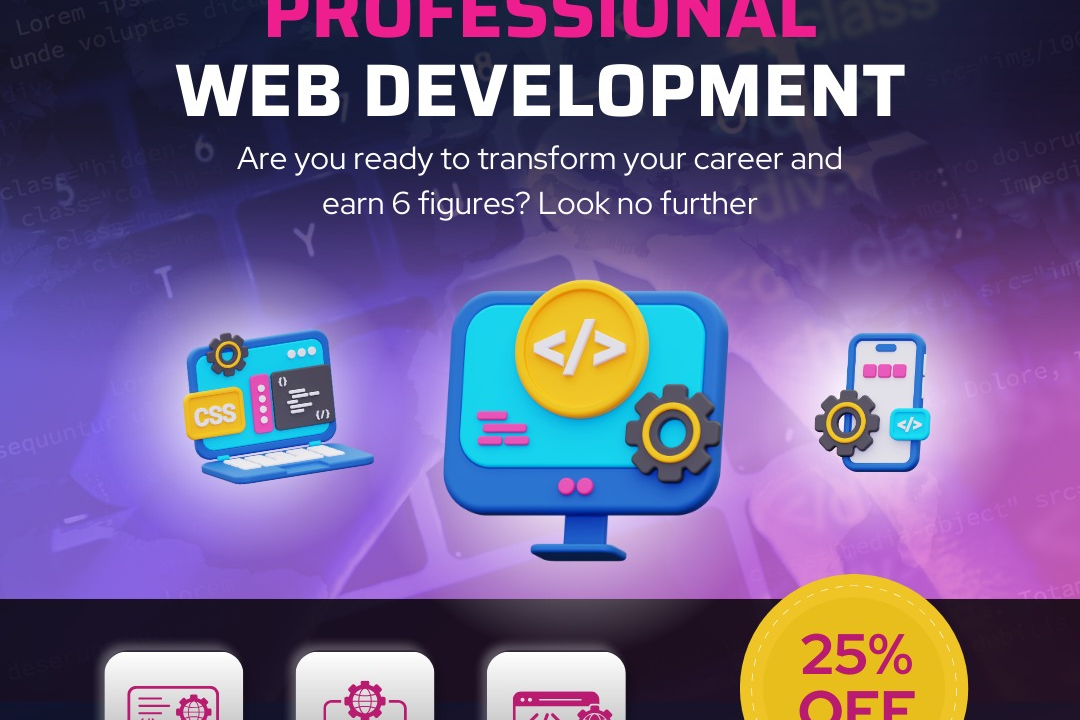Laravel Interview Questions 2019
Essential Laravel Interview Questions for 2019 Job Seekers
Laravel Interview Questions 2019
Laravel interview questions in 2019 were particularly significant as they provided insights into the evolving landscape of web development, where Laravel emerged as a leading PHP framework. These questions not only assessed candidates' technical knowledge and problem-solving abilities related to core Laravel features such as routing, middleware, and Eloquent ORM but also highlighted the importance of modern development practices like RESTful APIs, MVC architecture, and object-oriented programming. For both interviewers and candidates, familiarity with these topics was crucial for ensuring proficiency in building scalable and maintainable web applications, making such interview questions a valuable resource for aspiring developers aiming to secure a position in a competitive job market.
To Download Our Brochure: https://www.justacademy.co/download-brochure-for-free
Message us for more information: +91 9987184296
Here are some key Laravel interview questions from 2019 along with concise answers:
1 - What is Laravel?
Laravel is a popular PHP framework designed for building web applications following the Model View Controller (MVC) architectural pattern. It provides a robust set of tools and features to streamline development processes and enhance code quality.
2) What are Service Providers in Laravel?
Service Providers are the central place of application bootstrapping in Laravel. They are responsible for binding classes into the service container and performing any tasks required to prepare the application.
3) What is Eloquent ORM?
Eloquent is Laravel’s built in ORM (Object Relational Mapping) system that provides an expressive, active record implementation for working with the database. Eloquent allows developers to interact with their database tables as if they were simple PHP objects.
4) Explain Middleware in Laravel.
Middleware in Laravel filters HTTP requests entering the application. It acts as a bridge between a request and response and can be used for various tasks like authentication, logging, and CORS handling.
5) What are Routes in Laravel?
Routes in Laravel are used to define the URLs of the application. They determine how the application responds to specific requests and can be defined using web routes (for the web interface) or API routes (for APIs).
6) How do you handle database migrations in Laravel?
Database migrations in Laravel allow developers to version control their database schema. Using the artisan command line tool, migration files can be created and applied to alter the database structure without losing data.
7) What is the purpose of .env file in Laravel?
The .env file in Laravel is used to manage environment variables across different application environments. It contains configuration settings such as database credentials, application keys, and external service credentials, ensuring sensitive data is not hard coded.
8) What are Laravel Blade templates?
Blade is Laravel’s powerful templating engine that allows developers to create dynamic content in views using a clean, simple syntax. Blade templates are compiled into plain PHP code for better performance.
9) Explain the use of CSRF tokens in Laravel.
CSRF (Cross Site Request Forgery) tokens are security measures used in Laravel to prevent unauthorized commands from being transmitted from a user that the web application trusts. Laravel automatically generates CSRF tokens and validates them for POST requests.
10) How can you implement validation in Laravel?
Validation in Laravel can be implemented using the Validator facade or the request validation method. Developers can define rules for validation in request classes or directly in controller methods to ensure incoming data meets specified criteria.
11 - What is the purpose of Middleware Groups in Laravel?
Middleware groups in Laravel allow developers to group multiple middleware under a single name, making it easier to apply a set of middleware to routes. This enhances code readability and reusability.
12) What is caching in Laravel and how is it implemented?
Caching in Laravel improves application performance by temporarily storing data in memory. Laravel provides several caching drivers (e.g., file, database, Redis) and can be implemented using the Cache facade to cache data, routes, or entire views.
13) How do you handle file uploads in Laravel?
File uploads in Laravel can be managed using the Request class, which provides methods to validate and store files securely in the server’s filesystem. Storing files in specific directories makes organizing uploaded files easier.
14) What are Events and Listeners in Laravel?
Events and Listeners in Laravel facilitate an observer pattern, allowing code to respond to events occurring in the application. Events are triggered on specific actions, while listeners execute code in response to those events, enabling decoupled and modular development.
15) What is Laravel Mix?
Laravel Mix is a tool that provides a clean API for defining Webpack build steps for your application’s assets. It simplifies the process of compiling CSS and JavaScript files, allowing developers to focus on writing styles and scripts without worrying about the underlying build process.
Here are additional Laravel interview questions with concise answers for a more comprehensive understanding:
16) What are Jobs in Laravel?
Jobs in Laravel are tasks that can be deferred for asynchronous processing, usually executed in the background using queues. This allows for better performance by freeing up the web server to handle other requests while the job is processed.
17) Explain Dependency Injection in Laravel.
Dependency Injection is a design pattern used in Laravel to manage class dependencies. Laravel's service container automatically resolves class dependencies, making code more modular and easier to test.
18) What is the role of the `app` directory in Laravel?
The `app` directory in Laravel contains the core application code, such as models, controllers, and middleware. It is where the majority of application logic resides and can be customized based on business requirements.
19) What is the purpose of Route Model Binding?
Route Model Binding in Laravel allows automatic resolution of models based on route parameters. This means when a route has model parameters, Laravel will automatically fetch the corresponding model instance, simplifying controller code.
20) How do you create a custom Artisan command in Laravel?
To create a custom Artisan command, you can use the `make:command` Artisan command, which generates a new command class. You can then define the command's name, functionality, and register it in the `Kernel.php`.
21 - What is a Form Request in Laravel?
A Form Request is a custom request class that encapsulates validation logic. This helps keep controllers clean as validation rules can be defined separately, allowing for better organization and reuse across controllers.
22) What is the difference between `get` and `post` requests in Laravel?
GET requests are used to retrieve data from the server without side effects, while POST requests are used to send data to be processed by the server, typically used for submitting forms or uploading files.
23) Explain the `seeder` in Laravel.
Seeders in Laravel are classes that allow developers to populate the database with dummy data. Using the `db:seed` Artisan command, you can run seeders to create test data for development and testing purposes.
24) What is a Trait in Laravel?
Traits are a mechanism for code reuse in PHP. In Laravel, traits can be used to share functionalities across multiple classes without inheritance, promoting DRY (Don't Repeat Yourself) principles.
25) What are Events and Broadcasting in Laravel?
Events allow your application to have an event driven architecture, while broadcasting allows events to be sent to the front end in real time. This is commonly used for applications that require real time updates, like chat applications.
26) What are Policies in Laravel?
Policies in Laravel provide an authorization layer that allows developers to organize authorization logic around a model or resource. They enable a clean, centralized way to manage permissions and are especially useful for handling complex authorization scenarios.
27) How can you implement localization in Laravel?
Localization in Laravel allows the application to support multiple languages. Developers can define language files in the `/resources/lang` directory, and use the `__('key')` function to retrieve translated strings based on the application's current locale.
28) What is the purpose of the `config` directory?
The `config` directory in Laravel contains configuration files for various components of the application, such as database connections, mail services, and application settings, allowing developers to manage configuration in a single location.
29) How do you implement pagination in Laravel?
Pagination in Laravel can be implemented using the `paginate()` method on Eloquent queries or query builder. Laravel's built in pagination features automatically handle the presentation of pagination links.
30) What are the different types of relationships in Eloquent?
Eloquent supports several types of relationships, including:
One to One
One to Many
Many to Many
Has Many Through
Polymorphic Relations
These relationships can be easily defined in model classes, allowing seamless interaction between related entities.
31 - What is the purpose of caching database queries in Laravel?
Caching database queries can significantly improve application performance by reducing the load on the database and decreasing response times for frequently accessed data. Laravel provides caching mechanisms to store query results temporarily.
32) What is the role of the `public` directory in Laravel?
The `public` directory in Laravel serves as the web server's document root. It contains the `index.php` file, which is the entry point for all requests, and is the appropriate place to store publicly accessible assets, such as images, CSS, and JavaScript files.
33) What are Resource Controllers in Laravel?
Resource Controllers provide a convenient way to handle resource CRUD (Create, Read, Update, Delete) routes. By using resource routing, you can generate multiple routes for the standard actions of a resource with a single line of code.
34) What is the purpose of the `storage` directory in Laravel?
The `storage` directory is where your application can store files such as logs, compiled views, and cached data. This directory also facilitates file uploads and can store user generated content or any other files needed by the application.
35) How do you handle exceptions in Laravel?
Laravel handles exceptions through the `app/Exceptions/Handler.php` class. You can customize how exceptions are rendered or make additional logging or response modifications depending on the type of exception encountered.
These questions and answers can serve as a comprehensive guide for those preparing for a Laravel interview or seeking to deepen their understanding of the framework.
Course Overview
The “Laravel Interview Questions 2019” course is designed to equip learners with a comprehensive understanding of the Laravel framework through a curated set of interview questions and answers from 2019. This course covers key concepts, best practices, and practical applications, making it ideal for developers preparing for interviews or looking to solidify their knowledge of Laravel. By engaging with real-world scenarios and in-depth explanations, participants will enhance their coding skills and gain confidence in tackling both technical and conceptual questions related to Laravel, ensuring they are well-prepared to excel in job interviews and professional development.
Course Description
The ‘Laravel Interview Questions 2019’ course is meticulously crafted to help developers enhance their proficiency in the Laravel framework by exploring a diverse range of interview questions and answers relevant to 2019. This course delves into fundamental and advanced topics, including routing, middleware, authentication, and database management, providing participants with practical insights and real-world applications. Through interactive sessions, learners will not only prepare for potential interviews but also gain a deeper understanding of Laravel’s functionalities, empowering them to tackle challenges confidently and effectively in their careers. Whether you are a beginner or an experienced developer, this course will assist you in mastering the essential skills required to succeed in a competitive job market.
Key Features
1 - Comprehensive Tool Coverage: Provides hands-on training with a range of industry-standard testing tools, including Selenium, JIRA, LoadRunner, and TestRail.
2) Practical Exercises: Features real-world exercises and case studies to apply tools in various testing scenarios.
3) Interactive Learning: Includes interactive sessions with industry experts for personalized feedback and guidance.
4) Detailed Tutorials: Offers extensive tutorials and documentation on tool functionalities and best practices.
5) Advanced Techniques: Covers both fundamental and advanced techniques for using testing tools effectively.
6) Data Visualization: Integrates tools for visualizing test metrics and results, enhancing data interpretation and decision-making.
7) Tool Integration: Teaches how to integrate testing tools into the software development lifecycle for streamlined workflows.
8) Project-Based Learning: Focuses on project-based learning to build practical skills and create a portfolio of completed tasks.
9) Career Support: Provides resources and support for applying learned skills to real-world job scenarios, including resume building and interview preparation.
10) Up-to-Date Content: Ensures that course materials reflect the latest industry standards and tool updates.
Benefits of taking our course
Functional Tools
1 - Laravel Framework: The primary tool utilized in the course is the Laravel framework itself. It’s an open source PHP web application framework that adheres to the model view controller (MVC) architectural pattern. Participants will gain hands on experience with Laravel’s elegant syntax, robust routing, and extensive libraries. By working with Laravel, learners will develop a deep understanding of how to create scalable applications and the best practices that accompany developing modern web applications.
2) MySQL Database: The course includes comprehensive training on MySQL, a popular open source relational database management system. Students will learn how to design, implement, and query databases effectively using SQL. MySQL serves as an integral part of Laravel applications, and mastering it allows learners to store and manage application data efficiently. Understanding database relationships and optimizing queries is crucial for any full stack developer.
3) Composer: Composer is a dependency management tool for PHP that ensures developers can manage library dependencies effectively. In the course, students will learn to utilize Composer for installing, updating, and managing the libraries used in Laravel projects. By mastering Composer, participants can streamline their workflow while maintaining the integrity of their application’s dependencies, making it an essential tool in modern PHP development.
4) PHPStorm: This powerful Integrated Development Environment (IDE) is specifically designed for PHP development. The course encourages students to use PHPStorm for coding within Laravel, offering features such as autocompletion, debugging, and code analysis. With PHPStorm, students can enhance their productivity and code quality, making it an indispensable tool for both learners and experienced developers.
5) Postman: A widely used tool for API testing, Postman will be incorporated into the curriculum to help students understand how to interact with RESTful APIs built using Laravel. Participants will learn how to send requests, analyze responses, and automate tests. Familiarity with Postman is crucial for developers working on web applications that require extensive API integration, allowing students to understand how APIs function within the context of Laravel applications.
6) Git and GitHub: Version control systems are critical for managing code changes effectively, and the course will cover Git in conjunction with GitHub. Students will learn the fundamentals of version control, including branching, merging, and collaboration workflows. Mastering Git will enable participants to work efficiently on projects, track changes, and facilitate teamwork, thereby strengthening their development practices and enhancing their employability.
These tools are integral to the learning experience within the ‘Laravel Interview Questions 2019’ course, equipping students with practical skills and knowledge applicable to real world development scenarios.
Here are additional points that can enhance the learning experience and scope of the Laravel course offered by JustAcademy, focusing on key technologies and concepts that are essential for mastering web development with Laravel:
7) HTML, CSS, and JavaScript: As the foundational technologies for front end development, students will gain a solid understanding of HTML for markup structure, CSS for styling, and JavaScript for interactivity. This knowledge will complement their Laravel back end skills, allowing them to create fully functional web applications with user friendly interfaces.
8) RESTful API Development: The course will delve into the principles of RESTful API development using Laravel. Students will learn how to build and consume APIs, manage authentication, and handle data exchange efficiently. This knowledge is essential for enabling different applications to communicate seamlessly and will empower students to create service oriented architectures.
9) Laravel Packages: Participants will explore popular Laravel packages that can enhance application functionality, such as Laravel Passport for API authentication, Laravel Socialite for social media authentication, and more. Understanding how to leverage these packages will enable students to expand their applications rapidly without reinventing the wheel.
10) Framework Best Practices: The course will incorporate industry best practices for developing applications with Laravel, including code organization, utilizing the Service Container, understanding Middleware, and mastering Dependency Injection. Knowledge of these concepts will help students create maintainable, efficient, and scalable applications.
11 - Testing in Laravel: Emphasis will be placed on writing and executing tests using Laravel’s built in testing features. Students will learn about PHPUnit integration and how to create unit tests and feature tests. This aspect is crucial for ensuring code quality and reliability, making it an essential skill for modern developers.
12) Deployment and Environment Management: An important part of the learning experience will cover deployment strategies for Laravel applications. Students will learn to use tools like Envoyer and Forge, manage environment variables, and set up production environments on platforms like AWS or DigitalOcean. Understanding deployment processes is vital for getting applications into the hands of users.
13) Database Migration and Seeding: Learners will discover how to implement database migrations in Laravel, allowing for version control of the database schema. Alongside this, they will learn to seed the database with sample data. Mastering these techniques ensures that databases are easily reproducible across different environments and setups.
14) Laravel Queues and Jobs: The course will introduce the concept of queues in Laravel for handling time consuming tasks asynchronously. Students will learn how to dispatch jobs and utilize job queues, improving application performance and responsiveness—a crucial aspect when building applications that require background processing.
15) Laravel Blade Templating Engine: Participants will become proficient in Blade, Laravel's powerful templating engine. The course will cover how to create dynamic views using Blade syntax, allowing for a clean separation of logic and presentation. This will enable students to build robust front end interfaces within their Laravel applications.
16) Security Practices: To ensure that applications are built securely, the course will address security best practices in Laravel, including data validation, password hashing, and protection against common vulnerabilities like SQL injection and Cross Site Scripting (XSS). Understanding security measures is vital in today's digital landscape.
These additional points will significantly enrich the Laravel course curriculum at JustAcademy, providing learners with a comprehensive understanding of the tools, technologies, and practices needed to excel in modern web development.
Browse our course links : https://www.justacademy.co/all-courses
To Join our FREE DEMO Session:
This information is sourced from JustAcademy
Contact Info:
Roshan Chaturvedi
Message us on Whatsapp: +91 9987184296
Email id: info@justacademy.co
Python Developer Meetups In Nashik
Laravel Interview Question And Answer For Experiencee
Ios Interview Questions For Experienced 2019
Mobisoft Ios Interview Questions











